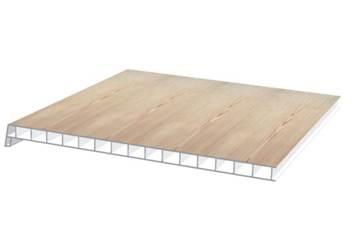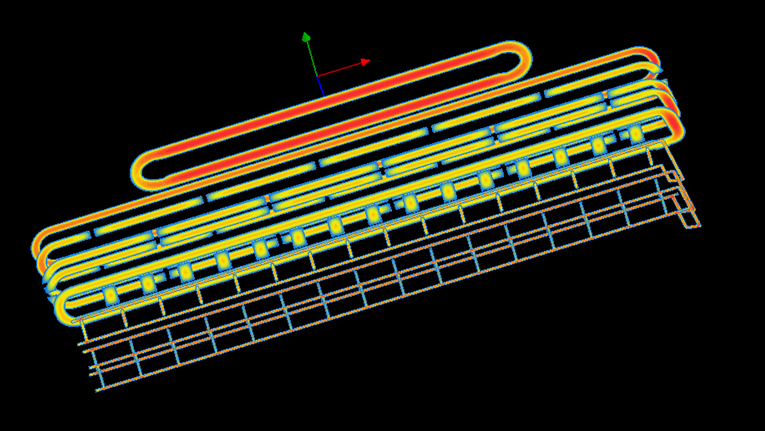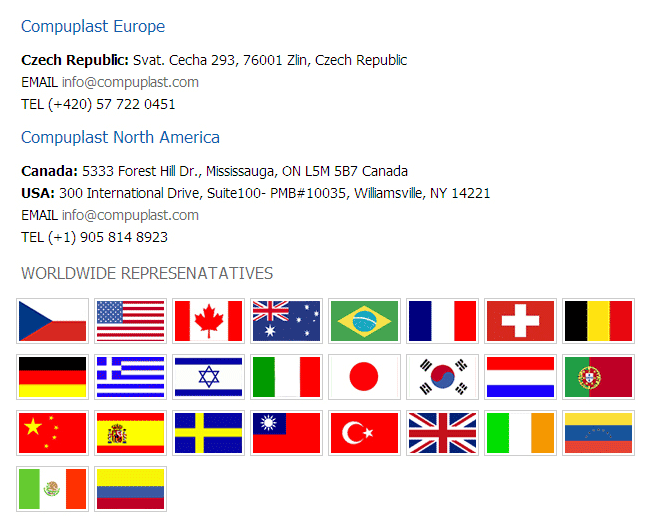Reduce profile development time and costs
What was the problem?
Time consuming and costly profile development process
The customer went through a long and expensive process to develop a die for this profile. It was balanced by land which required manual filing of the plates. They needed to manufacture a duplicate of the current die. However, since the die was balanced manually, it was difficult to simply copy the design. Also, records of changes made to the die were not properly kept. The customer wanted to find a better, faster way to develop a profile die.

What was the root cause?
Development by trial-and-error and cross flows!

The die was developmed using the expensive trial-and-error method. In this method, die was first designed and manufactured without any scientific calculations. After the first trial, the profile was measured. The die was then modified by adjusting the land in the final plate, in a effort to balance the flow. This introduced cross-flows. After the modifications were made, the die was run again and the profile wass measured. No records were kept of the modifications. This process was repeated several times until the profile dimensions was acceptable.
How it was solved?
Develop the die using Compuplast’s Cross-Flow Minimization method!
We took the orgiginal design of the die, before any modifications were made to it and analysed it using the VEL Profile Die Module and Compuplast’s Cross Flow Minimization Method. We then ran the trial-and-error iterations on a computer. While making the modifications, we ensure that the cross-flows were minimized.
The die was built using the optimized design. The customer was able to develop new die in a few hours (as opposed to weeks), as most of the trial-and-error was conducted on a computer. Since all the modifications were recorded, the customer would have been able to easily duplicate the die whenever required. The die was also more robust than before and the customer was able to increase/decrease the production rate.
Bottom Line
Thanks to our VEL Profile Die Module and Compuplast’s Cross Flow Minimization Method, the customer was able to save thousands of dollars on die development.



